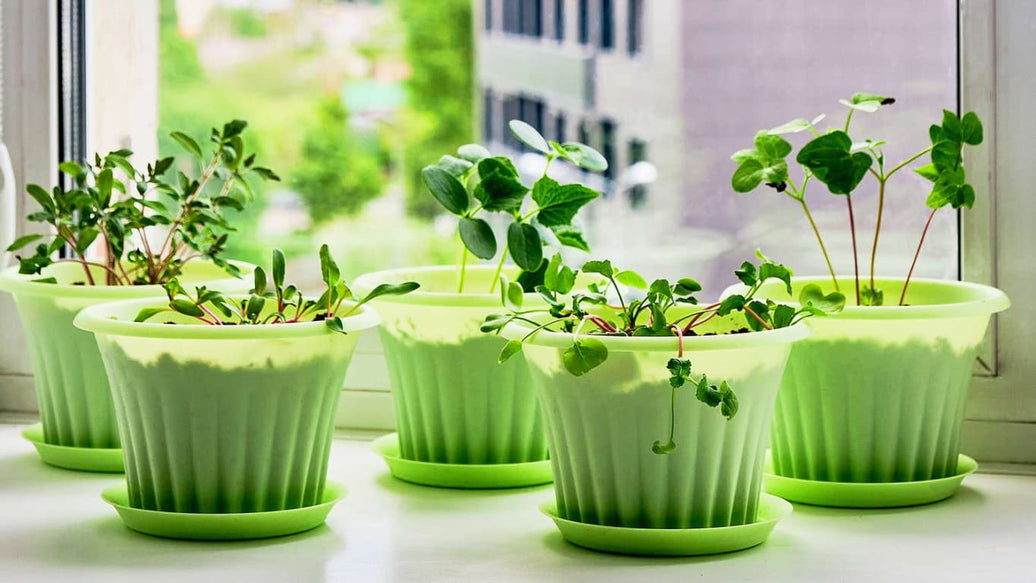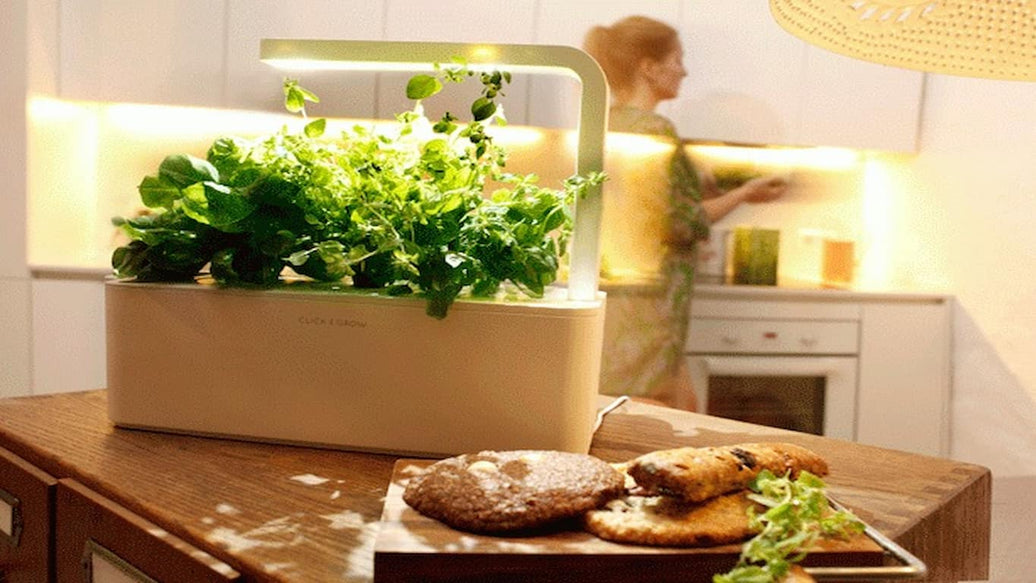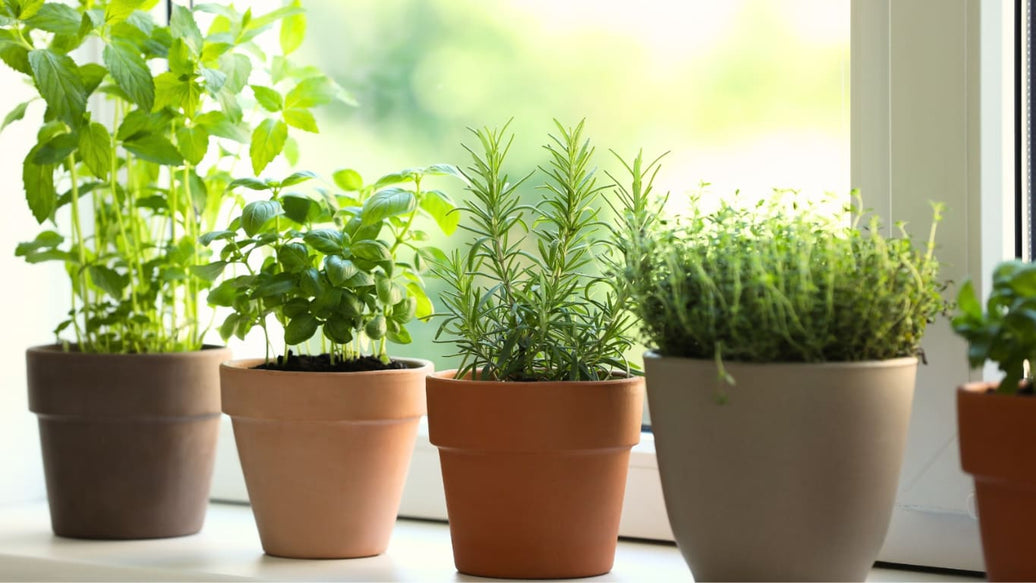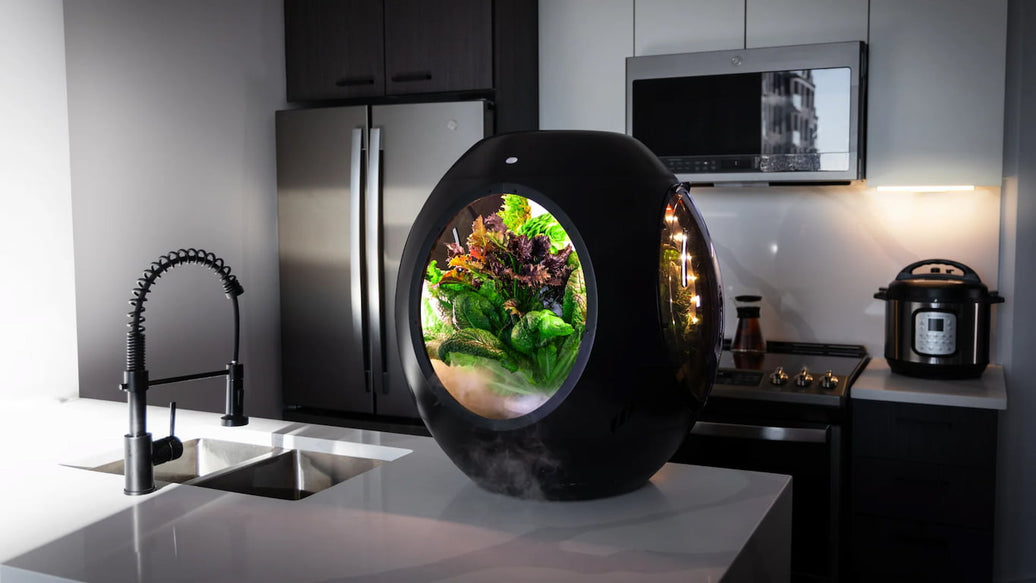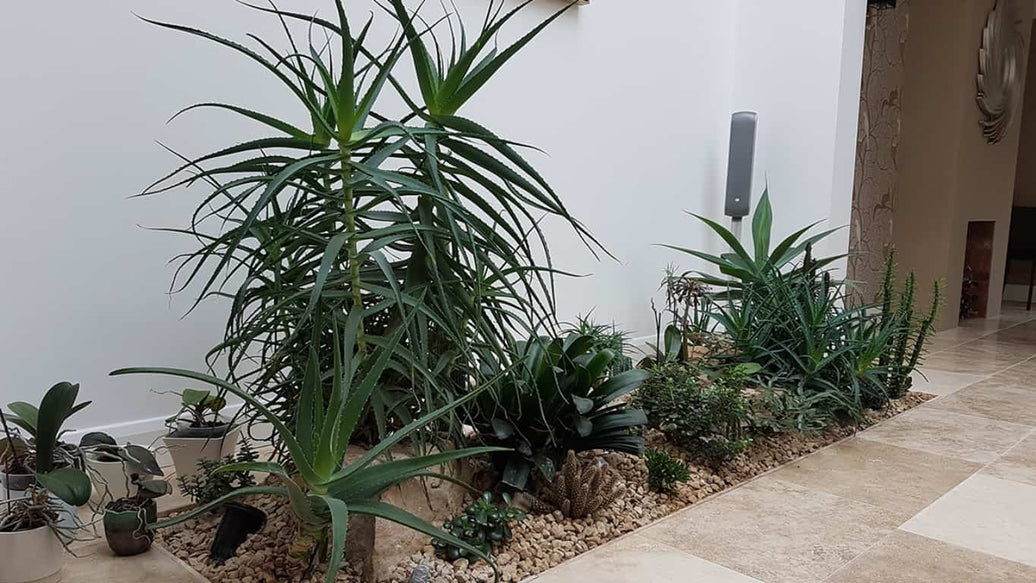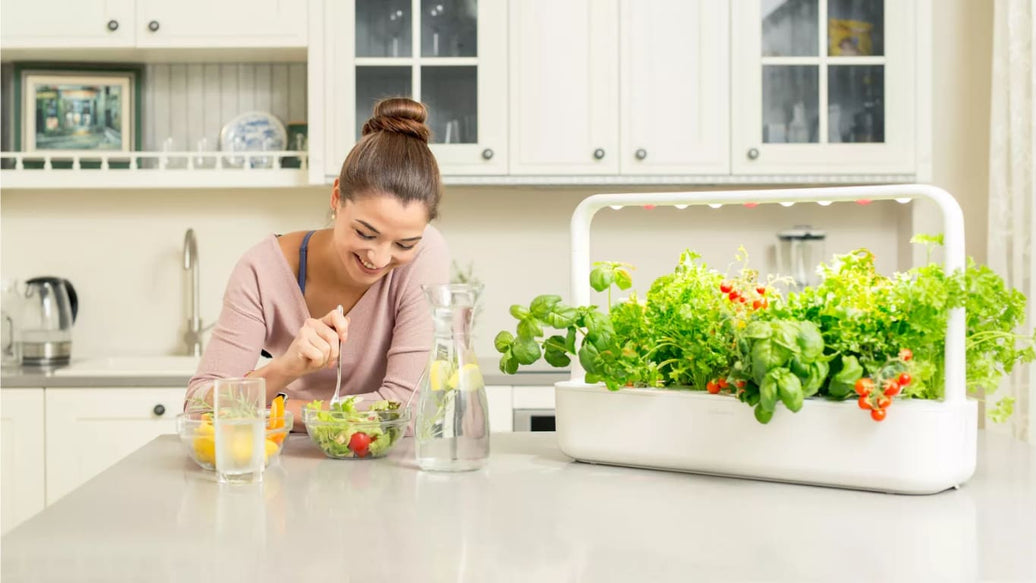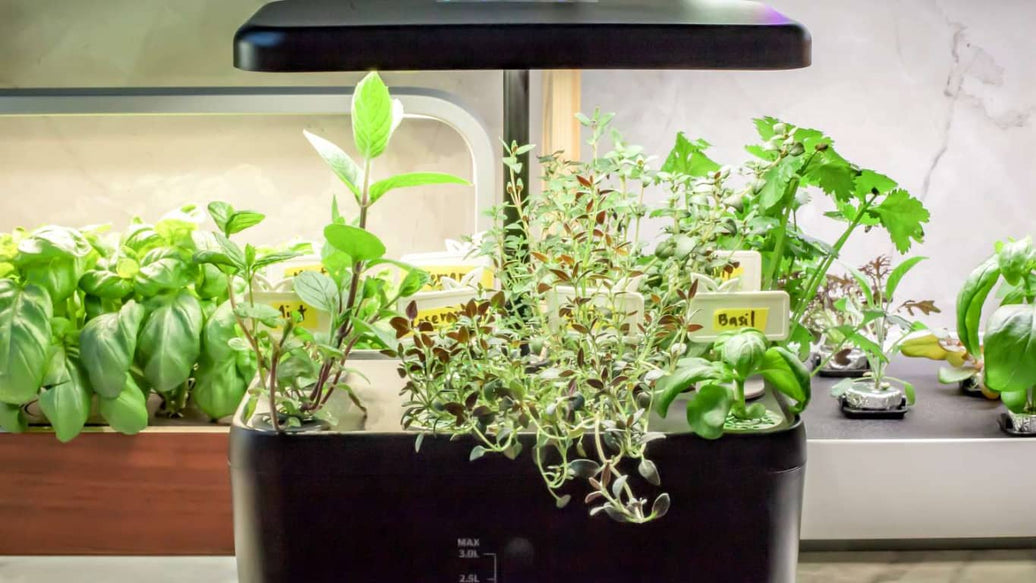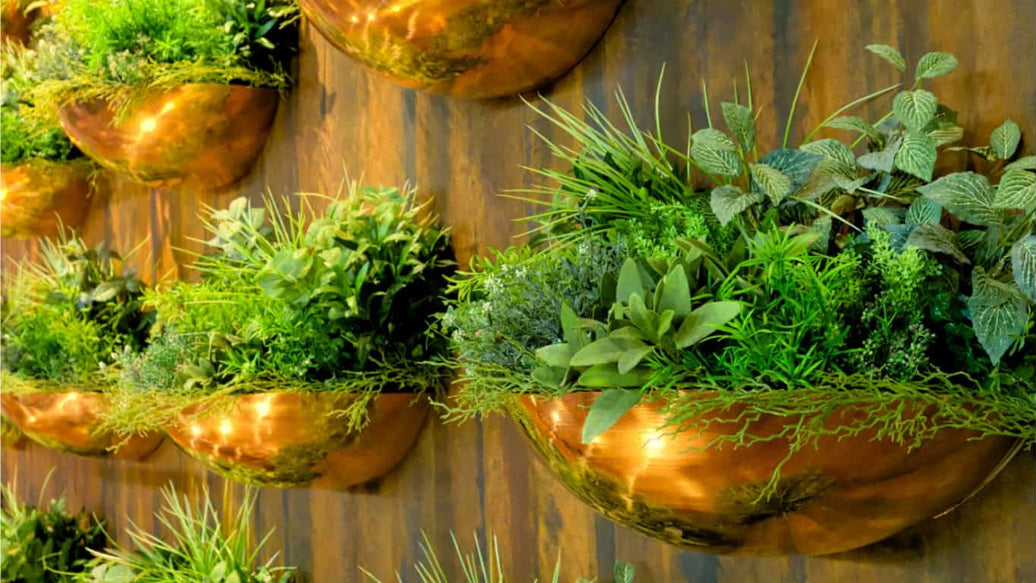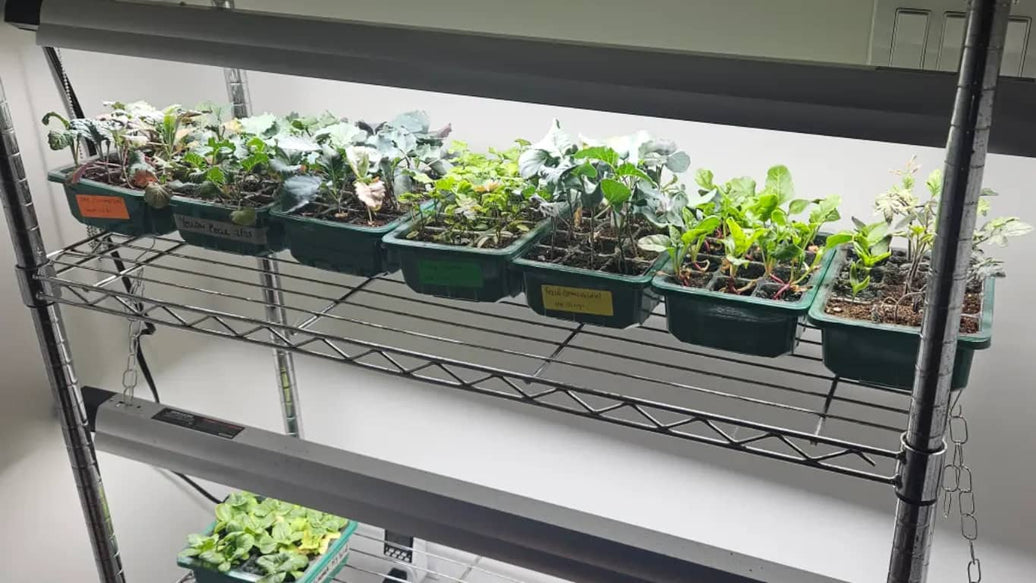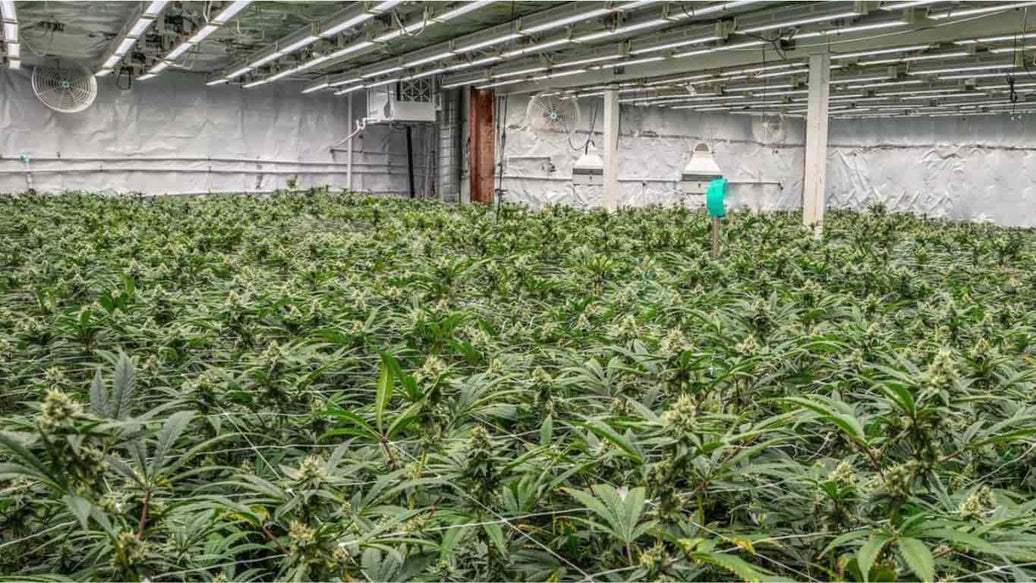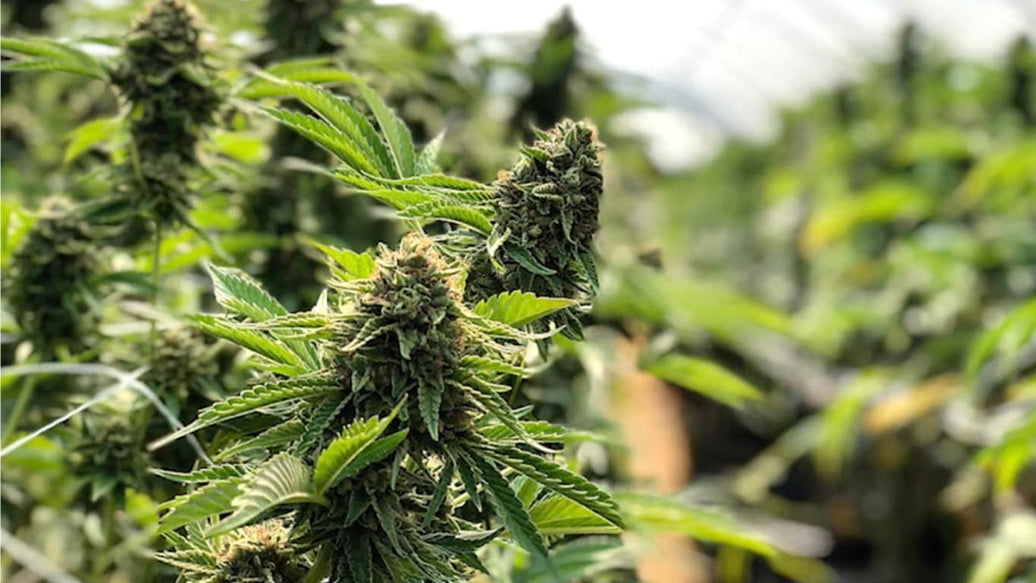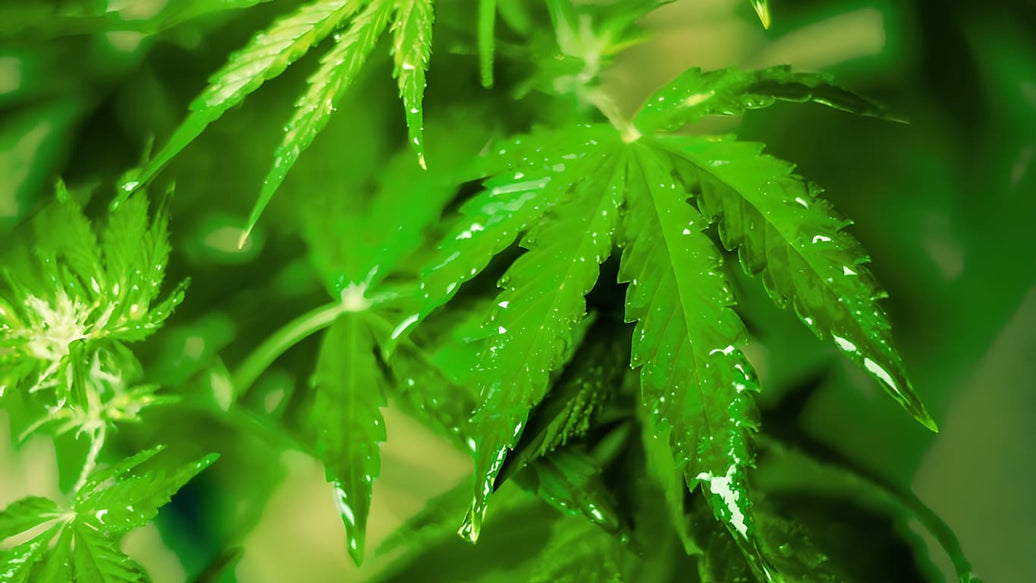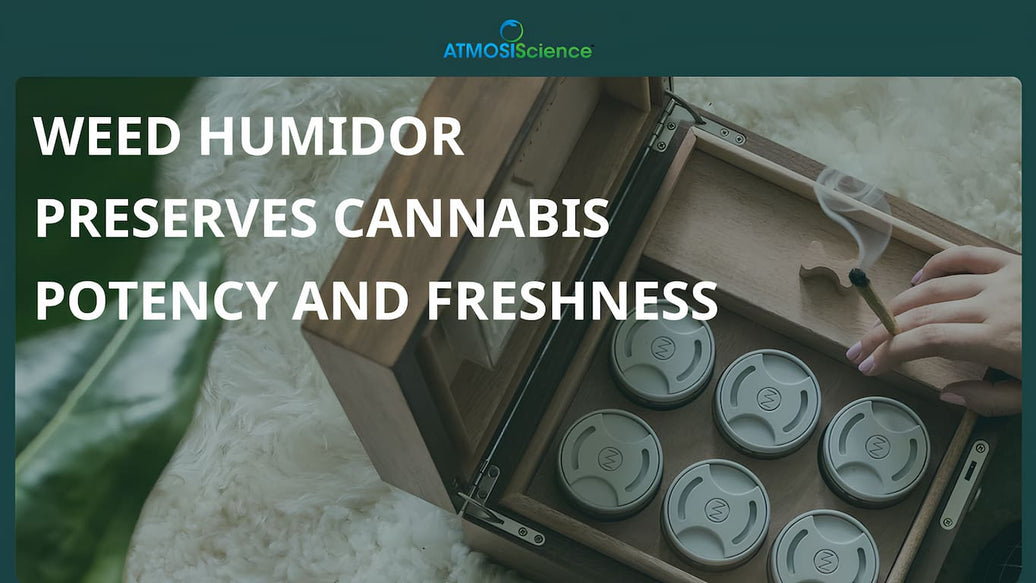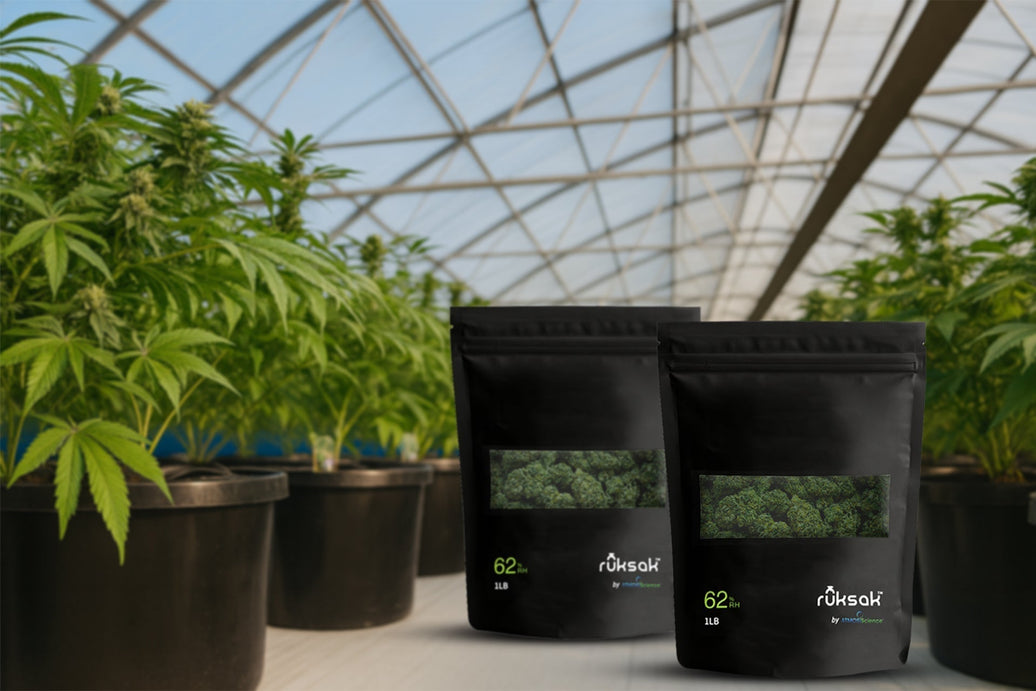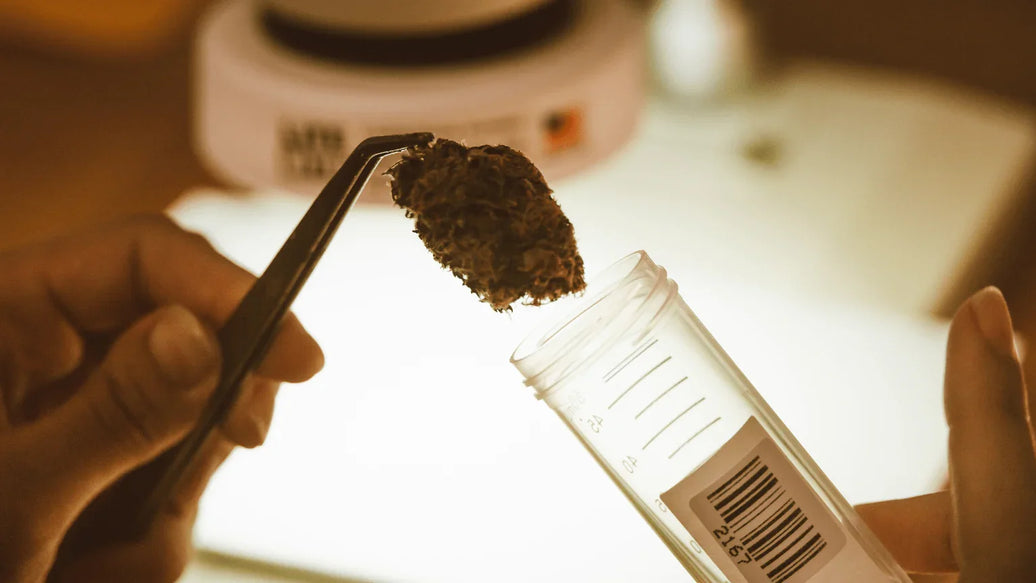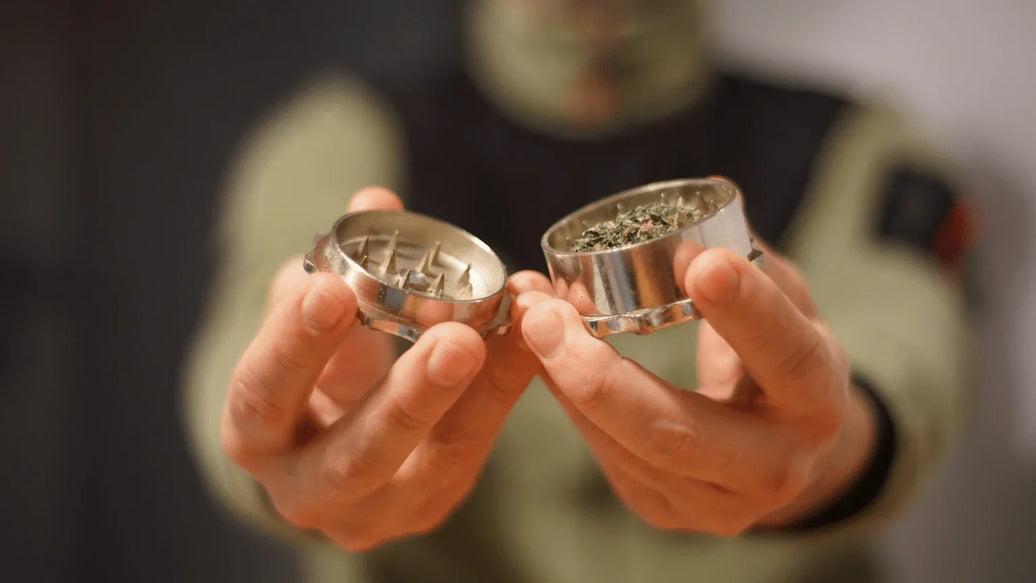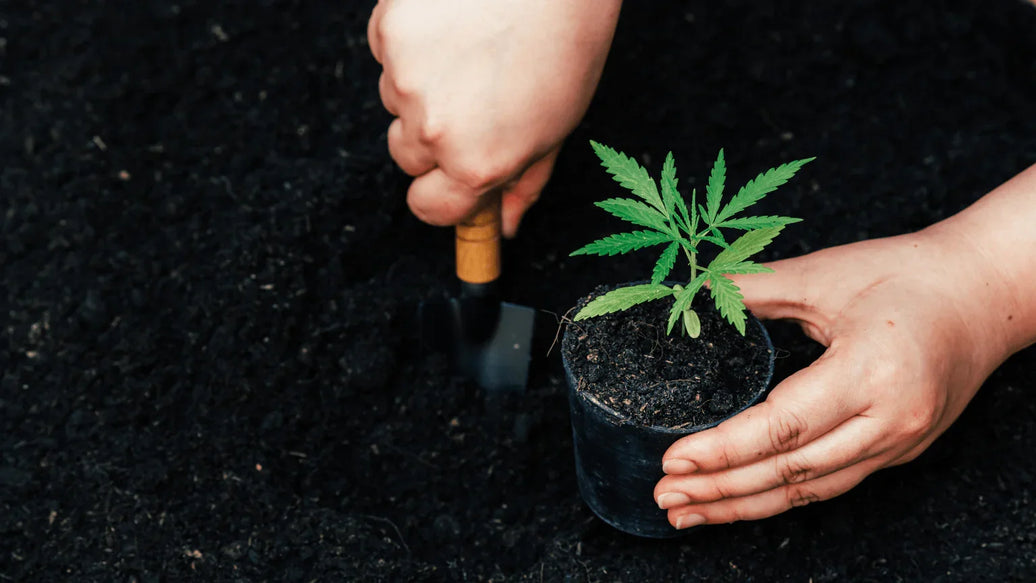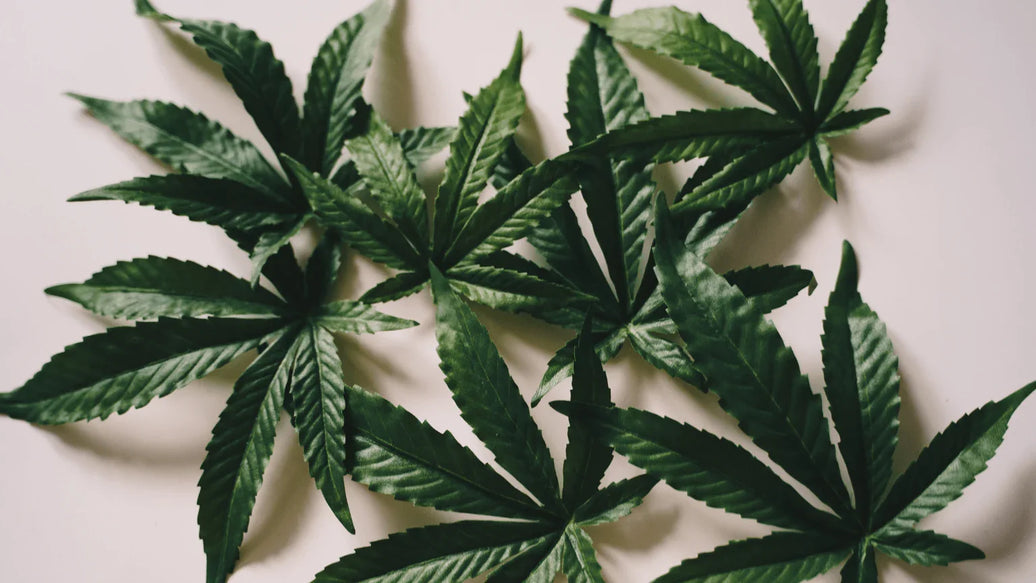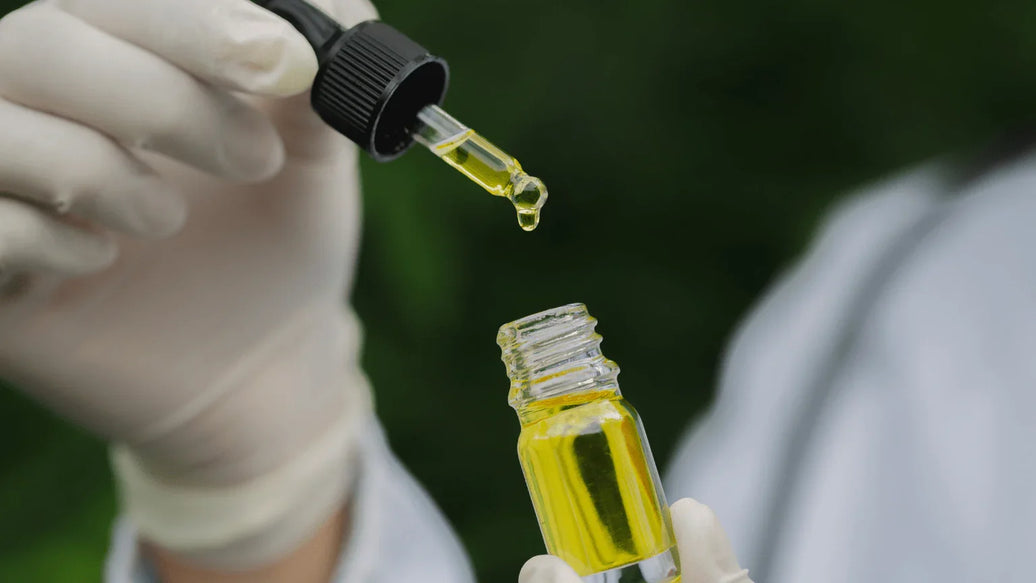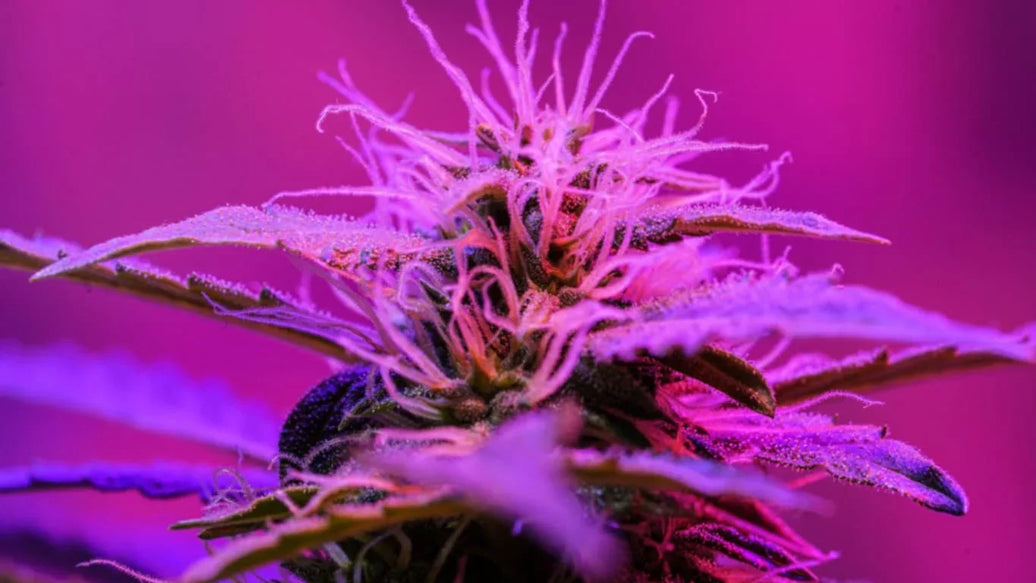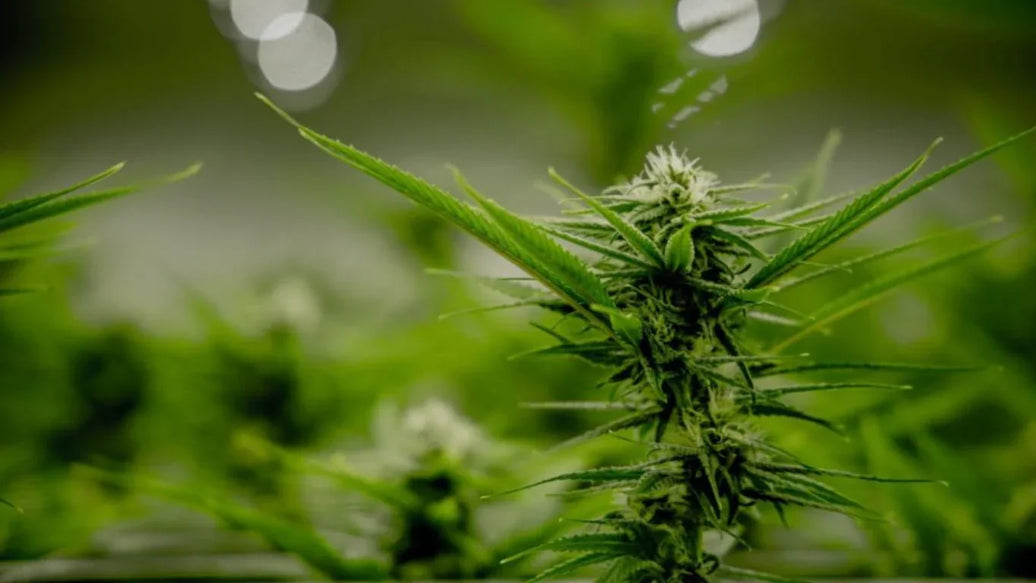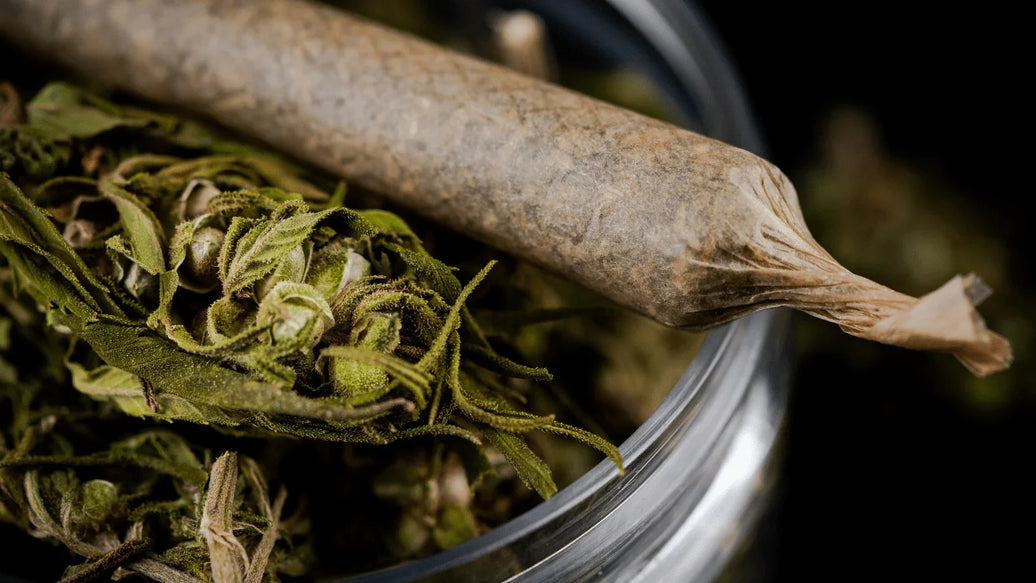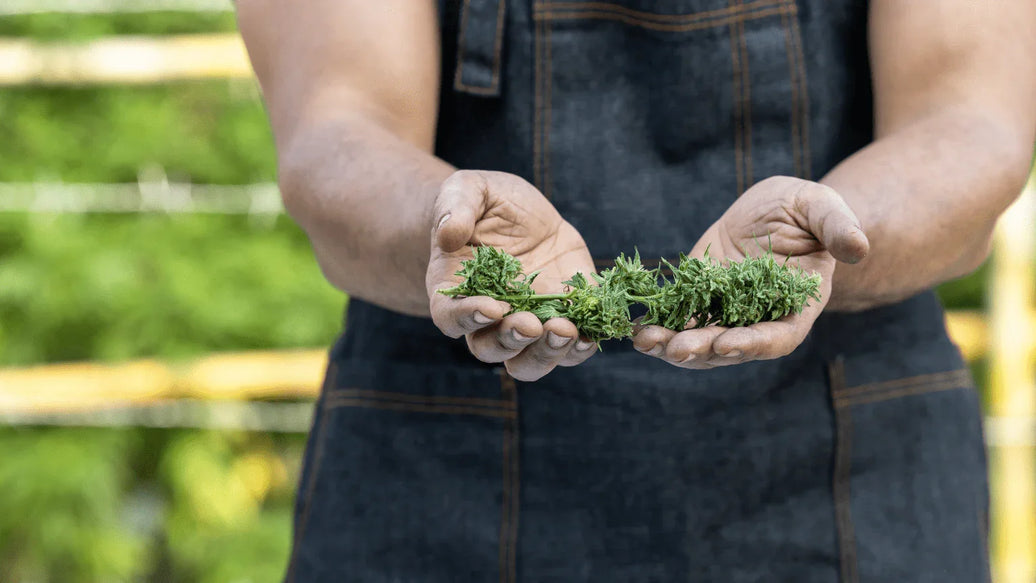Indoor gardening is gaining widespread popularity as people recognize the many health, environmental, and lifestyle benefits it offers. A well-maintained indoor plant garden not only enhances your living space visually but also improves air quality and supports mental well-being. Whether you want to start an indoor fresh herb garden, delve into indoor cannabis cultivation, or simply add greenery to your interior, understanding the science behind indoor gardening is vital. This comprehensive guide covers everything from setting up and maintaining an indoor garden for home use to exploring the benefits and innovations of indoor plant growing.

The importance of an indoor plant garden
Indoor plants do more than decorate; they have a direct positive impact on the air we breathe by transforming carbon dioxide into oxygen through photosynthesis. Numerous scientific studies show that an indoor plant garden contributes to lower stress levels, reduced blood pressure, and improved cognitive function. For example, individuals with plants in their workspace or living environment enjoy better concentration, enhanced memory, and higher productivity.
These benefits stem not only from the presence of plants but also from the act of tending and caring for them. Engaging in indoor gardening helps ease anxiety and depressive symptoms, making it both a therapeutic and enjoyable pastime. The calming visuals of lush greenery create more welcoming and peaceful indoor spaces.
Successful indoor gardening depends heavily on managing environmental factors such as light, temperature, humidity, and air circulation, all of which are crucial for the health of the plants in your indoor garden for home.

How to design and establish your indoor garden
Beginning your indoor plant garden journey starts with selecting plant species suited to indoor environments. Many gardeners favor herbs like basil, oregano, and jointing cilantro, leafy greens, or ornamental plants. For those interested in specialized plants, carefully managed indoor cannabis growing can provide controlled yields and potency.
Indoor plant growers typically use one of three methods: traditional soil-based gardening, hydroponics, or aeroponics. Soil gardening remains popular due to its simplicity and accessibility, while hydroponics offers faster growth and precise nutrient control without soil. Aeroponics, which suspends roots in air misted with nutrients, maximizes space and growth efficiency.

Proper lighting is essential, especially since sunlight can be limited indoors. Full-spectrum LED grow lights have become the best indoor plant grower’s choice, simulating sunlight and driving photosynthesis effectively. Maintaining correct temperature and humidity levels helps prevent issues like mold and pests, creating an ideal environment for your grow indoor garden.
Specialized science of growing cannabis indoors
Growing cannabis inside requires meticulous attention to environmental controls.
Cannabinoid-rich cannabis plants flourish when given a carefully timed light schedule - typically 18 hours of light for the vegetative stage and 12 hours for flowering. This lighting regimen supports natural plant cycles indoors.
Humidity regulation is equally important, with optimal levels between 40% and 60%. Proper humidity fosters terpene production, enhancing aroma and effects. Nutrient supplementation via organic soils or hydroponics tailored for cannabis plants increases yield and potency.
Pruning and training tactics such as topping and strategic defoliation improve airflow and maximize light exposure to all parts of the plant. Beginners often start with autoflower cannabis strains, which automatically shift growth stages, making them an excellent choice for novice in house plant growers.

Growing an indoor fresh herb garden
An indoor fresh herb garden gives you year-round access to flavorful and aromatic herbs that boost both cuisine and indoor air quality. Plants like mint, rosemary, thyme, and lavender are favored for indoor gardens because they grow well in containers with moderate light and require less maintenance.
Whether on a sunny kitchen windowsill or a dedicated small garden rack with grow lights, personal indoor gardens invite freshness directly into your home. Hydroponic herb gardens are gaining popularity due to their ability to deliver nutrients efficiently and reduce soil-associated mess, especially suited for limited spaces.
Health and environmental benefits of an indoor home garden
Indoor gardens provide multiple physical and mental health benefits. They actively improve air quality by filtering pollutants and boosting oxygen levels, which can help reduce headaches, breathing difficulties, and mental fatigue. People living or working in spaces enriched with an indoor plant garden report improved moods and overall well-being.
Beyond air quality, plants help regulate indoor humidity, creating comfortable microclimates that limit airborne allergens and viruses. Urban dwellers particularly benefit from indoor gardening, which supports immune system health and promotes resilience against common illnesses.
Engaging with plants also offers emotional advantages, especially for those experiencing anxiety and depression. Discovering the joy of caring for a lush indoor garden for home helps foster emotional wellness and creates a deeper appreciation for nature.
Overcoming challenges in in house gardening
Indoor gardening does come with challenges such as limited light exposure, pests, fungal issues, and restricted space. However, modern in house gardening techniques and solutions address these efficiently. Beneficial insects serve as natural pest control, reducing the need for harmful chemicals. Adjustable LED grow lights provide customizable spectra to meet diverse plant needs.
Vertical gardens and tiered shelving systems save space, allowing more plants to be grown in small areas. Maintaining a consistent watering schedule and performing regular pruning are critical strategies for keeping your house indoor garden healthy and thriving all year round.

The future and innovations in personal indoor gardens
Indoor gardening is evolving rapidly with new technologies. Smart gardening systems equipped with sensors and automated controls enable growers to monitor and adjust conditions such as watering, lighting, and temperature remotely. These innovations help even beginners become successful indoor plant growers.
Research into plant microbiomes is uncovering how these microorganisms influence plant health and human well-being, paving the way for new sustainable indoor gardening practices. Emphasis on reducing water use and energy consumption has led to developments like closed-loop hydroponic systems and energy-efficient grow lights, enhancing sustainability for indoor fresh herb garden setups.
Conclusion
Blending science, technology, and care, growing an indoor plant garden is a fulfilling endeavor that can transform your living environment and your health. Whether you aim to cultivate an indoor fresh herb garden, manage a small indoor cannabis grow, or simply add natural beauty to your home, following proven indoor home garden techniques and using modern tools will maximize your success. Explore atmosiscience.com for expert advice, high-quality products, and further resources to support your indoor gardening journey and become the best indoor plant grower you can be.

